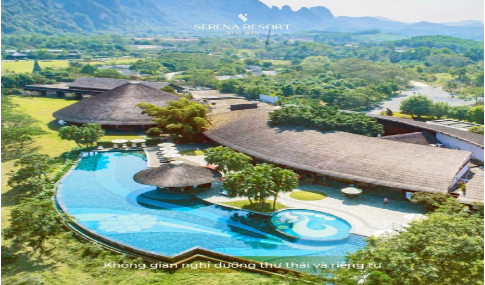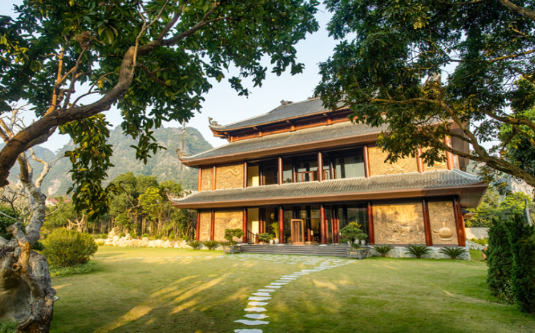X
30/11/2023 31/12/2023
1190 0
Exploring the culinary delights of a region is always a pleasure for every food enthusiast when visiting a particular area. It can be said that each ethnic group, each region in our country, has its own culinary styles, with distinctive dishes that, once tasted, leave a lasting impression. The dish “Taro trees cooked with dried buffalo skin” of Muong ethnic group in Hoa Binh is one such memorable delicacy.
When visiting the villages of Muong ethnic group in Hoa Binh province, the dish “Taro trees cooked with dried buffalo skin” is not uncommon, even quite popular in daily meals. The preparation and cooking of this dish require a great deal of skill. To make this soup, the cook must prepare many ingredients, including dried buffalo skin, taro trees, Mac Khen seed (a local seed), ginger, forest Kia leaves (local leaves), green papaya, lime leaves, and season them with various spices such as fish sauce, broth mix, and a bit of lard (or cooking oil) for richness.
The main ingredients for preparing
Taro plant
Taro plant (also known as water yam) belongs to the arum family. It thrives in humid conditions, making it suitable to grow near ponds, streams, or shallow lake where water flows consistently throughout the year. The taro plant has a soft stem and retains water, giving the dish a sweet and refreshing flavor. However, not all types of taro can be used for cooking. Choosing the wrong type may cause itching during preparation and consumption. To make the most delicious taro leaves and dried buffalo skin soup, it is essential to select the right taro plant.
Dried buffalo skin
The pieces of buffalo skin brought down from above the kitchen stove are thoroughly dried and have a dark black color due to the soot. The preparation of the dish is usually undertaken by men. The buffalo skin from the kitchen is very dry and hard, so when processing it into a dish, it must go through careful processing stages to ensure the dish is flavorful without being tough. The simplest method to cook taro leaves and dried buffalo skin soup is as follows:
Processing method
Firstly, roast the dried buffalo skin over an open flame for about 15-20 minutes. Next, use a pestle to vigorously remove the soot patches sticking to the buffalo skin, blanch it in boiling water for two minutes, chop it into bite-sized pieces, and then simmer it thoroughly (softening time is about six to eight hours). Taro leaves must be hand-picked without using a knife, cleaned, and rolled into a bundle (according to Muong people's belief, hand-picking leaves is essential for the authentic taste of the taro dish and to prevent itching). After several hours, the buffalo skin, which is cut into small pieces, has expanded and softened to the right texture. Add taro leaves and sliced green papaya into the pot. Cook until the taro leaves in the pot become tender and everything blends together, forming a fine texture. Then, season the dish with spices such as fish sauce, salt, ginger, He seeds, chili, forest Kia leaves, etc., to enhance the rich flavor. “Taro trees cooked with dried buffalo skin” has a refreshing, aromatic, mildly sweet and bitter taste, making it very distinctive. Not only a staple in family meals, but this dish is also an indispensable part of festive occasions in the culinary culture.
Not only does buffalo skin have a unique preparation method, but it also contains substances such as calcium, gelatin, keratin, and protein, with a salty, sweet, neutral taste and non-toxic. Therefore, when cooked with taro leaves, this dish becomes a valuable remedy in the diet of the community. “Taro trees cooked with dried buffalo skin” also produces compounds containing natural Collagen and various types of vitamins, along with the bitter and refreshing taste of green papaya, seeds, forest Kia leaves, and spicy chili, creating a harmonious blend in the mouth. This dish is beneficial for those with bone and joint issues, contributes to skin health, anti-aging, and cancer prevention. When in Hoa Binh, try this dish while it's still very hot and enjoy with rice on a winter day-a simple, warm, and undoubtedly unforgettable experience.
Taro trees cooked with dried buffalo skin dish
This dish bears the distinctive cultural essence of Muong ethnic group, showcasing intricacies in sourcing and processing ingredients alongside its remarkable culinary benefits. The dish Taro trees cooked with dried buffalo skin of the Muong in Hoa Binh province has been honored by the Association of Vietnamese Culinary Culture as one of the top 121 most unique food and beverage items in Vietnam in the journey of exploring the exemplary cultural values of Vietnamese cuisine.










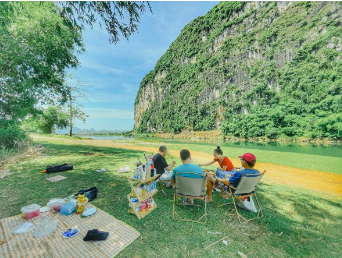
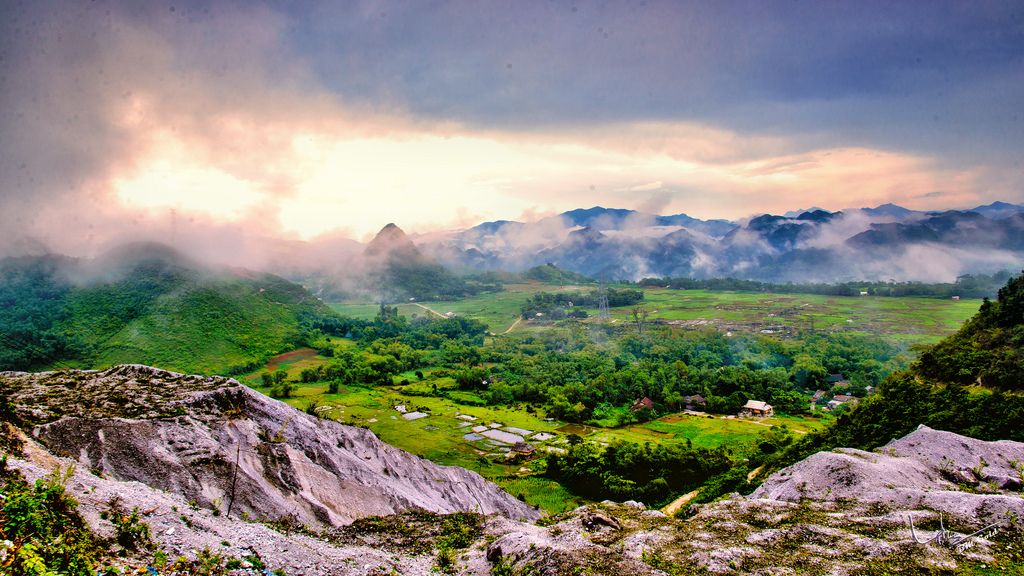
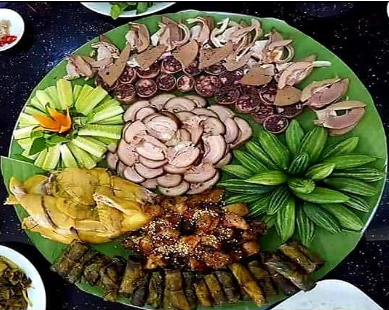
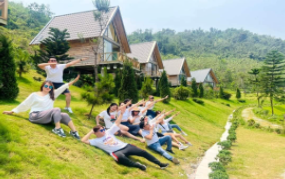
_636886053534704917.jpg)
